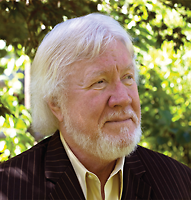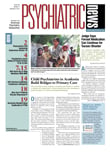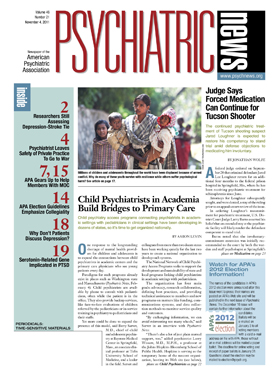"Bully" is a stigmatizing word. It is rather like being called a "slob." The word "victim,"although encouraging sympathy, also suggests a pathetic, chronic condition; "target" might be preferable.
Regardless of our semantic preferences, what we are addressing is a repetitive power struggle that is experienced between a single victimizer or group and a victim who is by definition weaker in some way, with an audience of bystanders who see the show in a more hidden, but powerfully adjunctive, and hurtful manner, for example, the bully bystanders who set up the process but don't actually do the bullying or can interrupt the process, often called "upstanders" in our schools.
The victimizer-victim-bystander social roles are enacted by all of us in less extreme forms and should not be considered inherently pathological or symptomatic. Bullying goes further—it is not simply a phase children grow out of; in many countries, it is considered a public health epidemic at home (posing as domestic violence), in schools, and in the workplace. All schools need to take steps to mould a set of ideas or an approach to prevent bullying, adapt it to their cultural context, and get very high buy-in from staff and parents. Then a school can truly become a creative social, emotional, and intellectual learning environment.
Over the many years our group has worked together, largely pro bono or with private foundation assistance, we have had more flexibility in how we design our interventions. This flexibility has led us to some exciting general observations:
Very few antibullying school programs have high success, and those that do are rarely sustainable when the funding runs out. Replicated studies are few and often unsuccessful.
Programs that do show significant change focus intense attention on shaping behavior and retraining errant bullies and victims as a central feature of their approach, but for which the perennial problem of sustainability remains.
In addition to me, our group includes Frank Sacco, Ph.D., Peter Fonagy, Ph.D., Eric Vern berg, Ph.D., Eugene Koh, M.D., Anne Cantor, Douglas Kirshner, Ph.D., and Jennifer Malcolm.
We have conducted a seven-year pilot study of three schools and a cluster, randomized study of nine elementary schools with about 4,000 students over three years in the Midwest, and other areas in the United States, along with projects in Jamaica, Australia, Finland, and Hungary, using a very different approach that focuses not on the bully and victim, but on the school group dynamics and the central role of everybody including staff (the abdicating bystanders) in the bullying process. To produce sustainability, we have found schools must do the following:
Adequately acknowledge the central etiological role of the bystander, for whom the bully and victims are a perverse form of "entertainment."
Since each school is different, a useful approach is to provide a theoretical framework within which a school can create its own culturally adapted program.
Schools in which bullying occurs span the socioeconomic spectrum; bullying may be as bad in middle-class and affluent schools as in poor, often urban schools—or even worse (the Houston project, called Positive Works, may shed more light on this observation).
Bullying is a social process, not a person. Shaping the child's behavior with social-skills training won't effect change in the system until group dynamics, often unconscious, are discussed and resolved. We are at the beginning of work in this area, interviewing principals and teachers in schools that function poorly and that function well. We know so far that, as expected, school leadership is central to preventing bullying and that it is an advantage for teachers to know about group dynamics—especially the unconscious expectations teachers have of their principals and expectations of their social and emotional roles as a teacher.
Working intensely with parents as active participants in the education of their children and creators of future citizen leaders makes the school as closely knit to a community as a mother is to her infant.
As this cultural-shift approach is being adopted by school antibullying programs, akin to personalizing treatment in medicine, schools then can become understood as a natural stage for addressing community violence: that is, a place where we can model nonviolent living and train future leaders and citizens to be nonviolent, so that communities can become places where we trust our neighbors to take care of our children.
These topics, and many others, are discussed in the recently published book Preventing Bullying and School Violence (American Psychiatric Publishing), which I cowrote with Frank Sacco, Ph.D.
The answer to the question posed by the headline of this article is of course no, bullying (normal behavior) cannot be eliminated from schools and communities. The real question is, Can we learn to live together to control bullying and other types of violence enough to make a big difference in the quality of our lives?
Stuart W. Twemlow, M.D., is a professor of psychiatry in the Menninger Department of Psychiatry at Baylor College of Medicine and the coauthor of Preventing Bullying and School Violence (American Psychiatric Publishing). The book may be ordered at <www.appi.org/SearchCenter/Pages/SearchDetail.aspx?ItemId=62384>. APA members can purchase the book at a discount.


